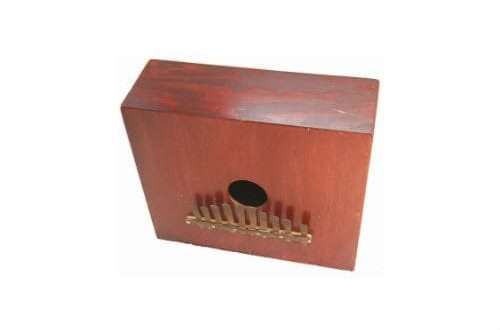
Bells: description of the instrument, composition, sound, use
Orchestral bells is a musical percussion instrument of a symphony orchestra, belonging to the category of idiophones.
Tool device
It is a set (12-18 pieces) of cylindrical metal tubes with a diameter of 2,5 to 4 cm, located in a two-level steel frame-rack 1,8-2 m high. The pipes have the same thickness, but different lengths, hang on a small distance from each other and vibrate when struck.
At the bottom of the frame is a damper pedal that stops the vibration of the pipes. Instead of the reed of an ordinary bell, the orchestral apparatus uses a special wooden or plastic beater with a head covered with leather, felt or felt. The musical instrument imitates church bells, but is compact, affordable and easy to use.

sounding
Unlike the classic bell, which has a continuous sound, it is designed so that the vibration of the pipes can be easily stopped when it is needed. The tubular instrument, created in the late 1th century in Great Britain, has a chromatic scale with a range of 1,5-XNUMX octaves. Each cylinder has one tone, as a result of which the final sound does not have such a rich timbre as church bells.
Application area
The musical instrument of the bell is not as popular in music as other percussion instruments. In symphony orchestras, instruments with a thicker, sharper timbre are most often used – vibraphones, metallophones. But even today it can be found in ballet, opera scenes. Especially often the tubular device is used in historical operas:
- “Ivan Susanin”;
- “Prince Igor”;
- “Boris Godunov”;
- “Alexander Nevskiy”.
In Russia, this equipment is also called the Italian bell. Its cost is several tens of thousands of rubles.





